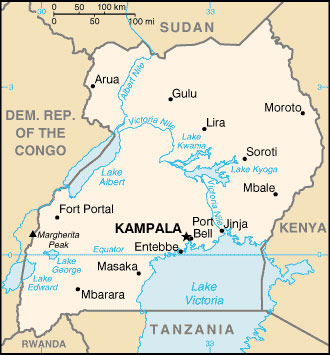Uganda - the Lords Resistance Army
The facts and figures of a long and bloody conflict
Article published on the 2008-10-09 Latest update 2008-10-09 15:24 TU
Areas affected by the conflict
Sudan’s Eastern Equatoria and Western Equatoria Provinces. |
Key players in attempts to end the conflict:
United Nations: Partly funded the peace process and appointed former Mozambique President Joaquim Chissano as Special Envoy for LRA-affected areas.
European Union: Funded the process and had observers monitoring the talks.
United States: Represented at the peace process by Tim Shortley, Special Advisor to UN Assistant Secretary of State for African Affairs.
Uganda government: Represented by chief peace negotiator and Internal Affairs Minister Ruhakana Rugunda.
Lords Resistance Army: Represented mainly by its civilian negotiators, with hardly any of the rebel field commanders taking direct part in the months of negotiations.
The figures
1,000: The estimated current number of LRA rebels still under arms in their bases in Congo and Southern Sudan.
1,800,000: The number of people internally displaced by the LRA in 2002-2004, the height of their attacks against civilians in northern Uganda and parts of eastern Uganda.
300,000: The number of people still internally displaced and fearing to return to their villages by September 2008, fearing the peace talks might fail and rebel activities could resume. |





